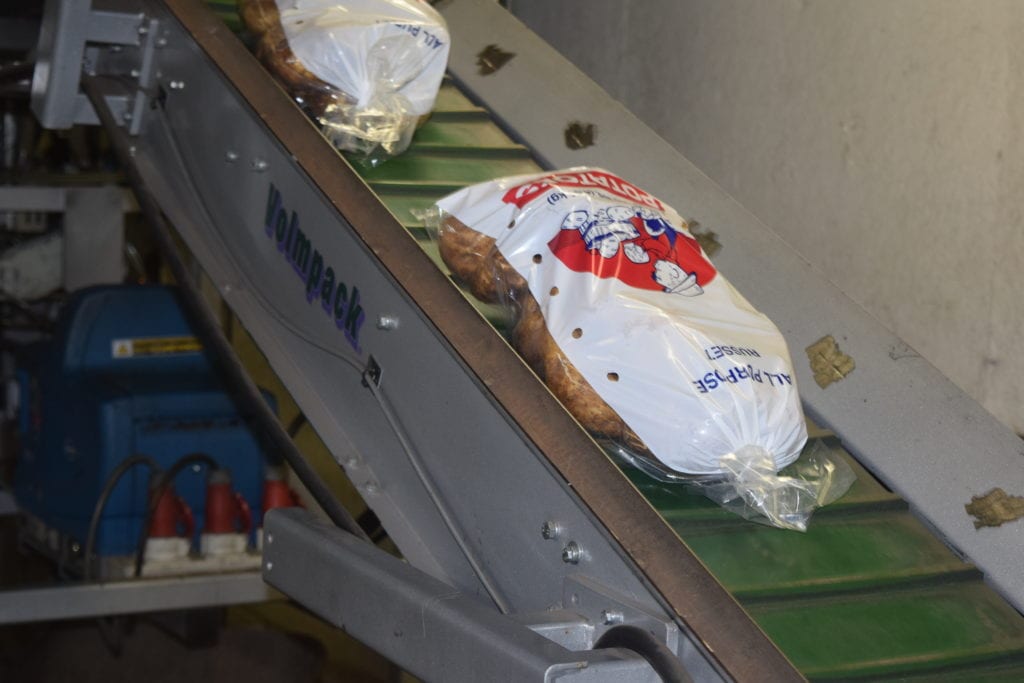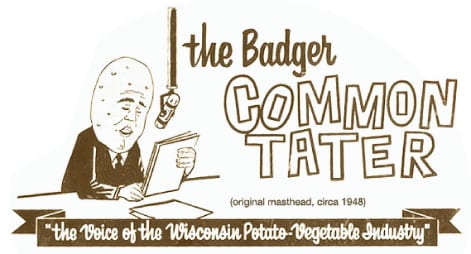Where diets offer empty promises, potatoes give people their deserved fill
By Ben Harris, research associate manager, and John Toaspern, chief marketing officer, Potatoes USA
Back when the potato was still seen as a novelty by most of the world, Andean people were way ahead of the curve in their intimate knowledge of the crop’s wild relatives.
In fact, their affinity for the potato was so strong, they were willing to go to extreme measures to consume it—coating tubers in a “gravy” of clay and water most likely as a means of neutralizing toxic compounds like solanine and tomatine.
Today, the toxicity surrounding potatoes is not so much coming from within as from without.
Just as the potato has learned to cope with a growing consortium of pests and pathogens, it has also had to develop a thicker skin to deflect the vitriol that some direct at it.
There is no point in name-dropping. It’s no secret that some of the potato’s most outspoken critics, whether they choose to wield mainstream media or shaky scientific claims as their weapon of choice, continue to expend a lot of energy in trying to batter the potato as a useless carb, a relic of the past weighing down the world in both a medical and environmental sense.
We in the industry, of course, know this could not be further from the truth. But it will take a concerted effort to reposition the potato in the public eye as the nutritional powerhouse and sustainability pioneer that it is, one deserving of a spot on the most cutting-edge of menus.
Let the tater haters be—no amount of “gravy” will ever make the potato palatable to them. Our focus needs to be on putting the potato’s virtues front and center for the swing audiences, those who may be on the fence about America’s favorite vegetable yet are ready and willing to listen.
Click here to read the full the full Badger Common’Tater article.


